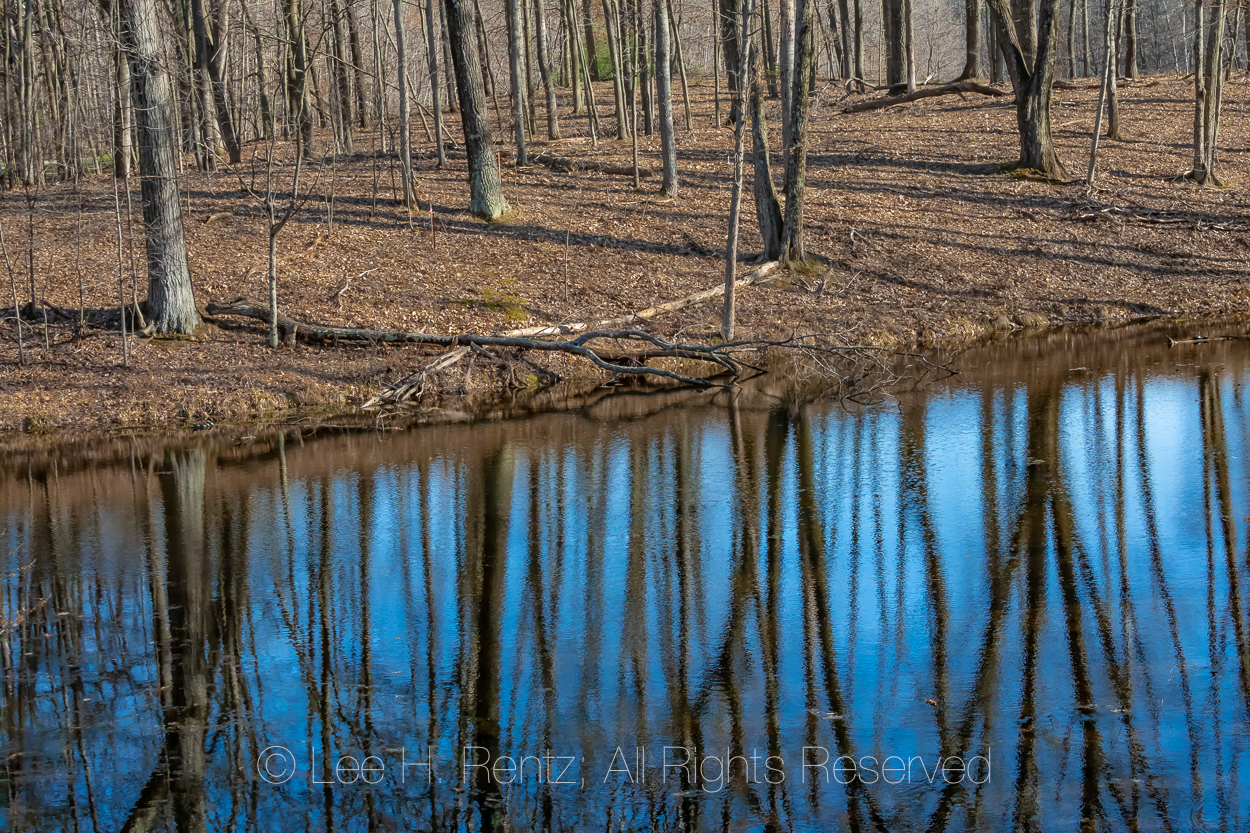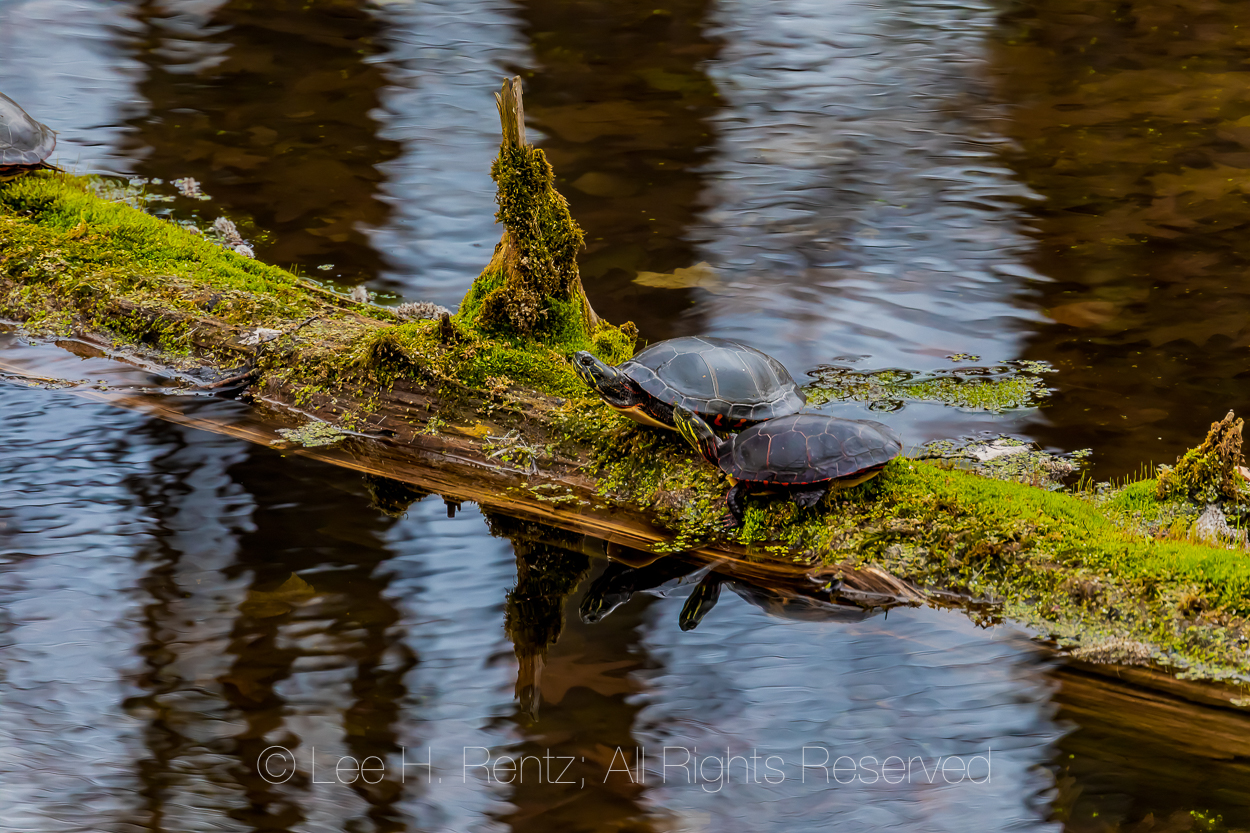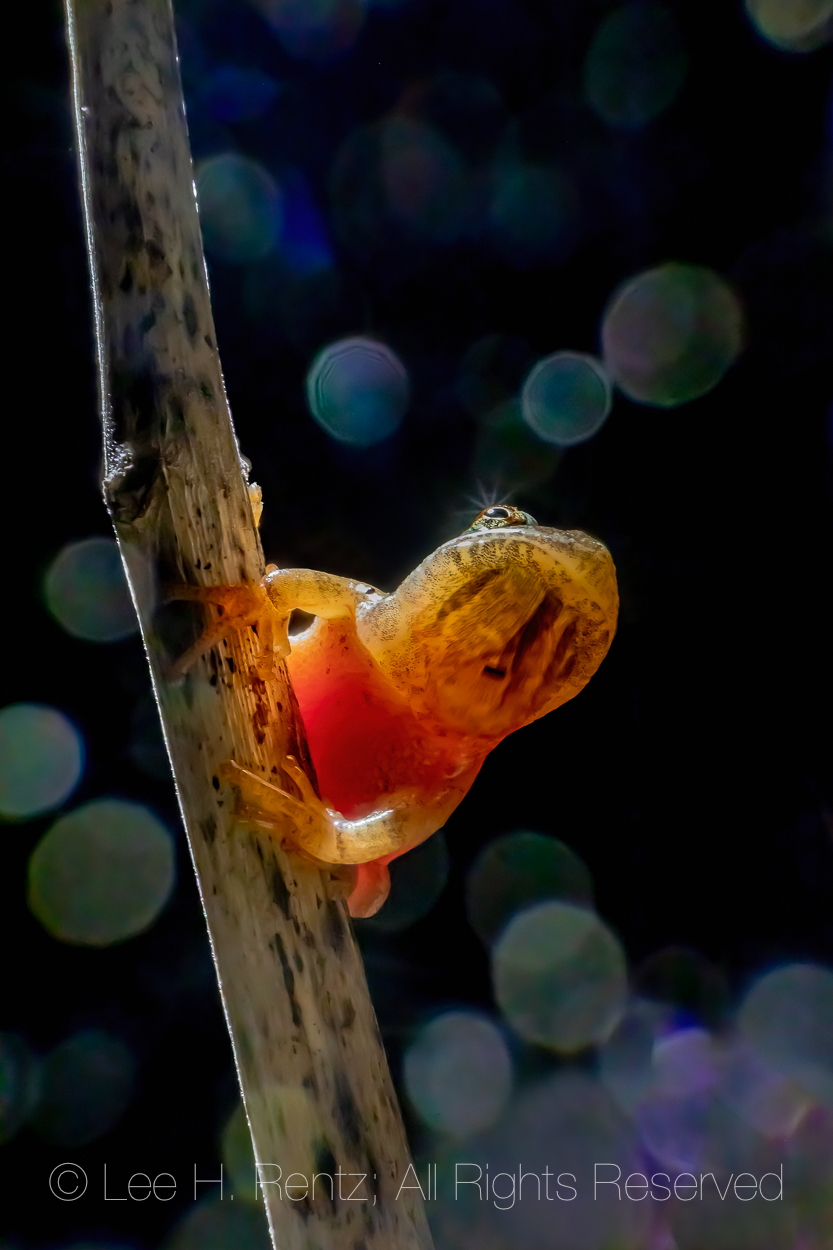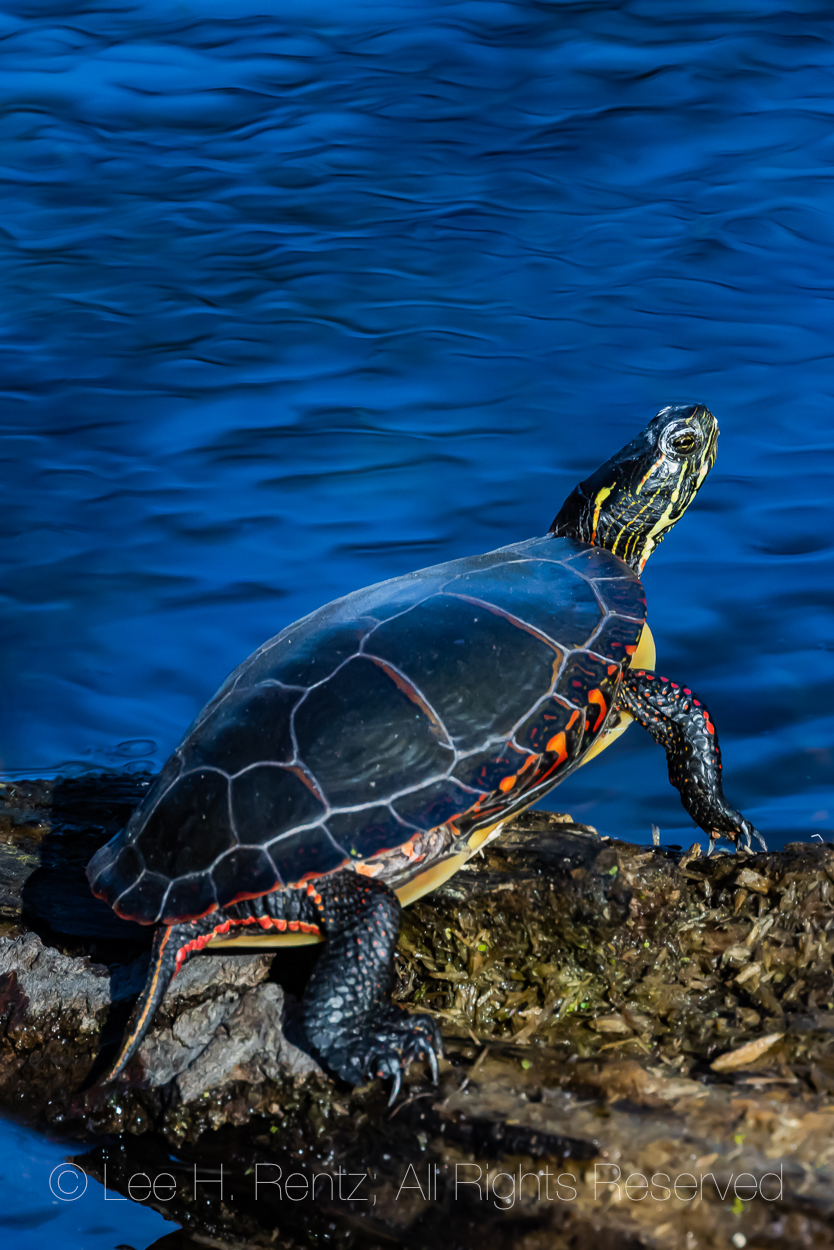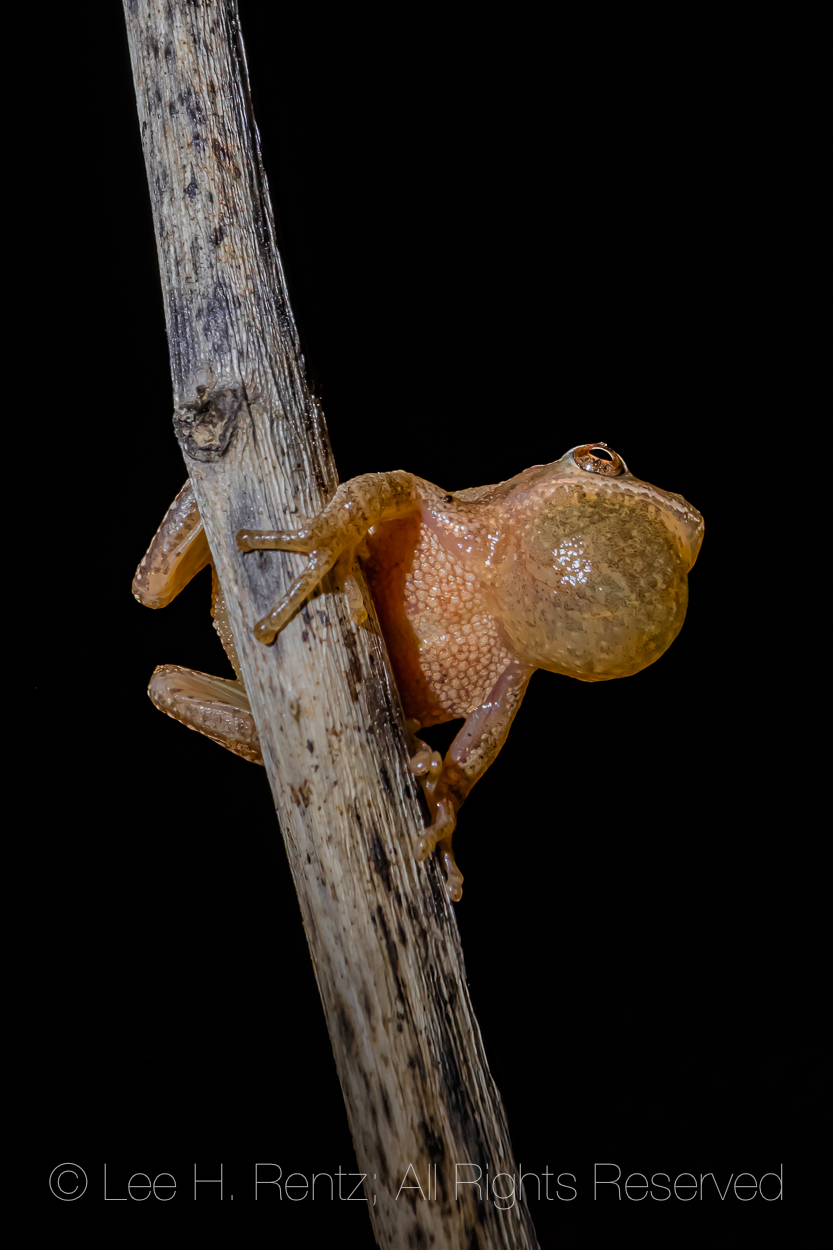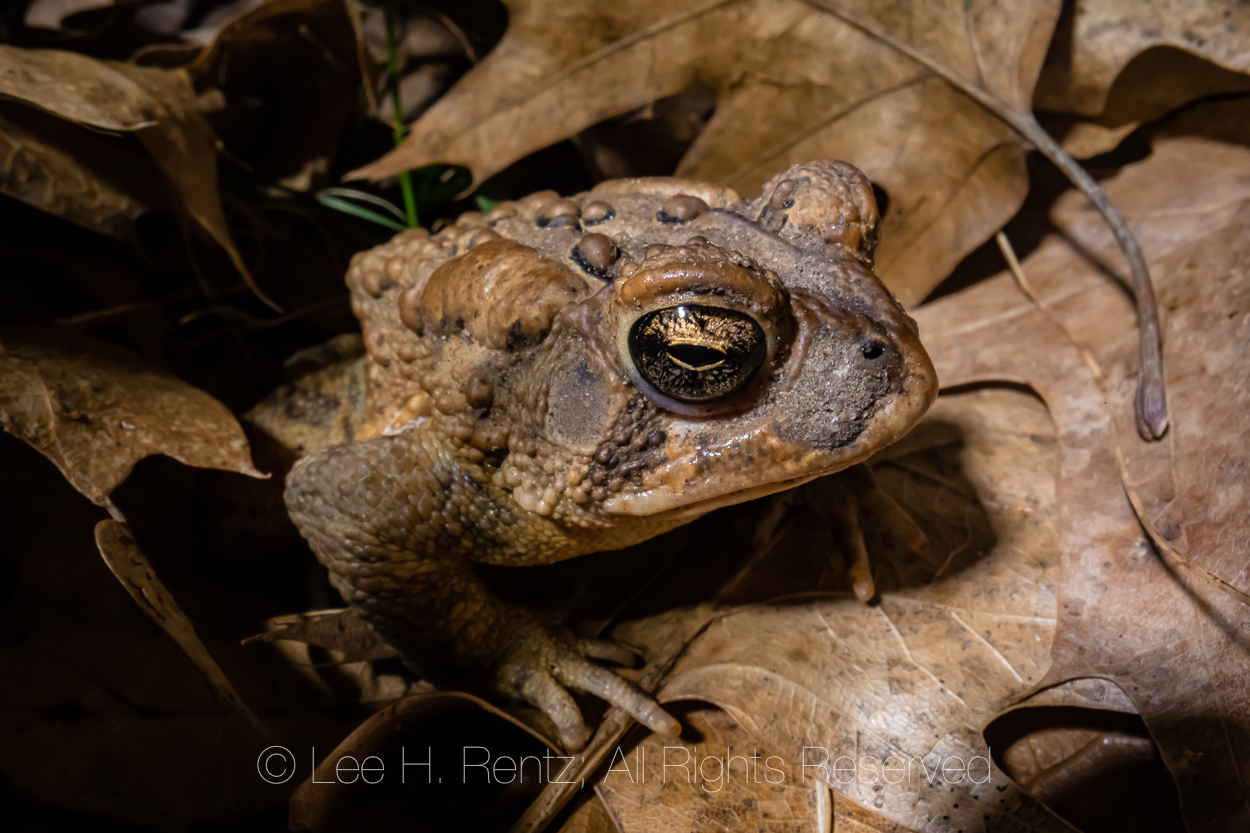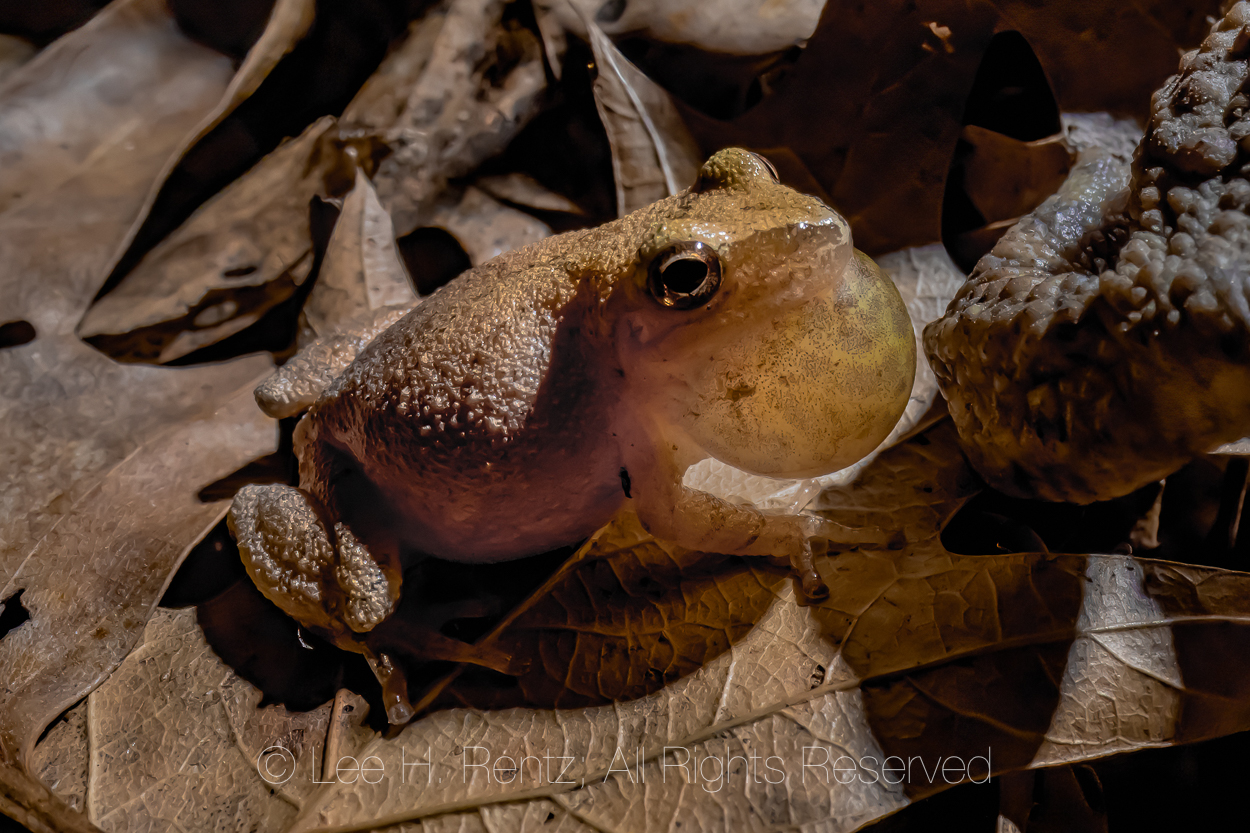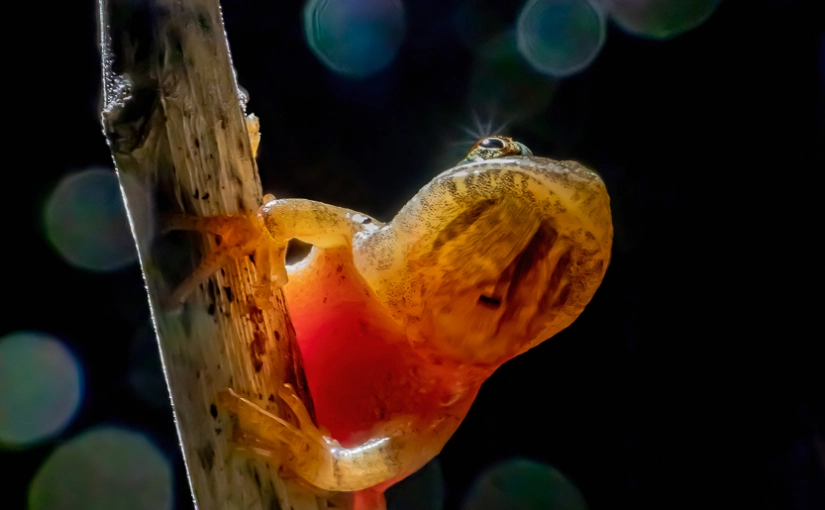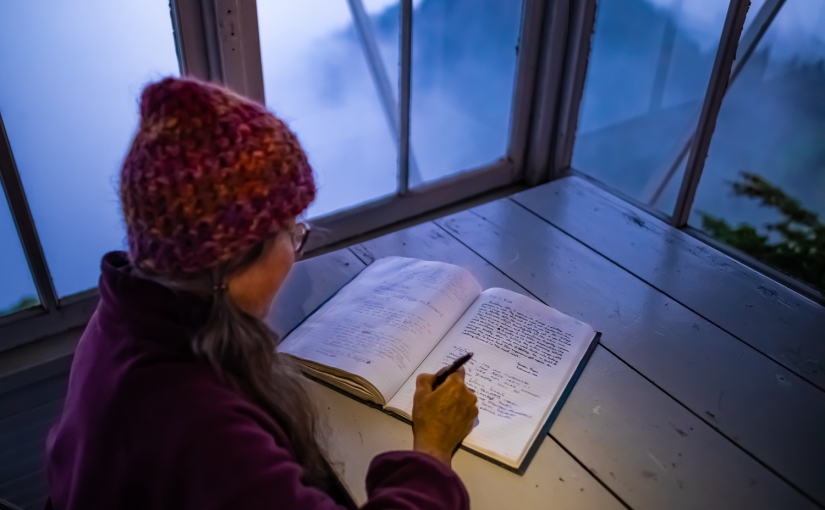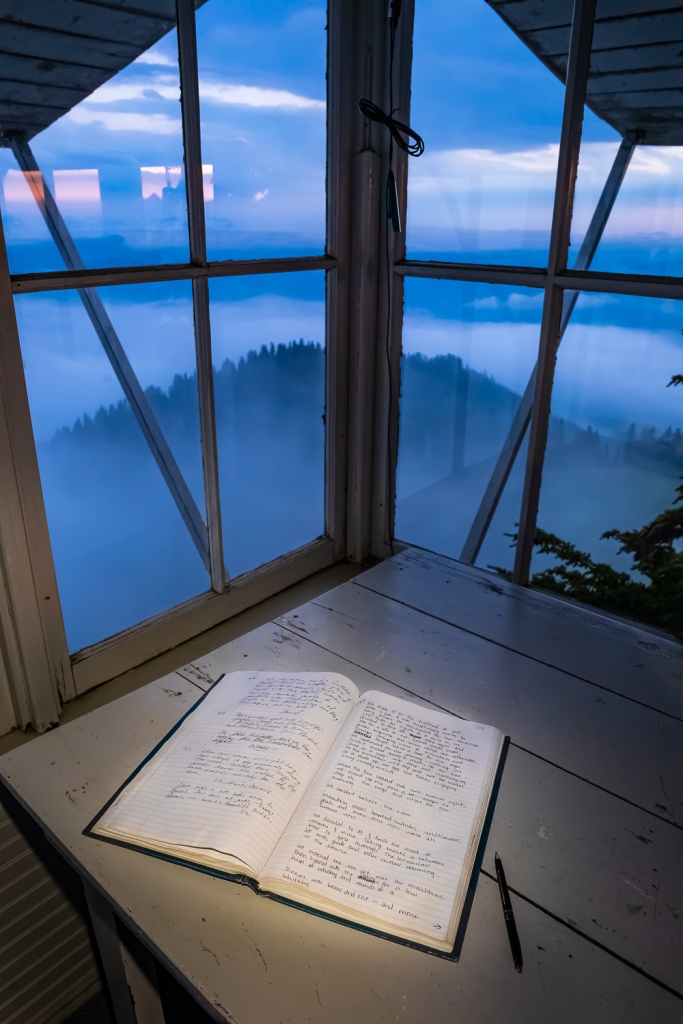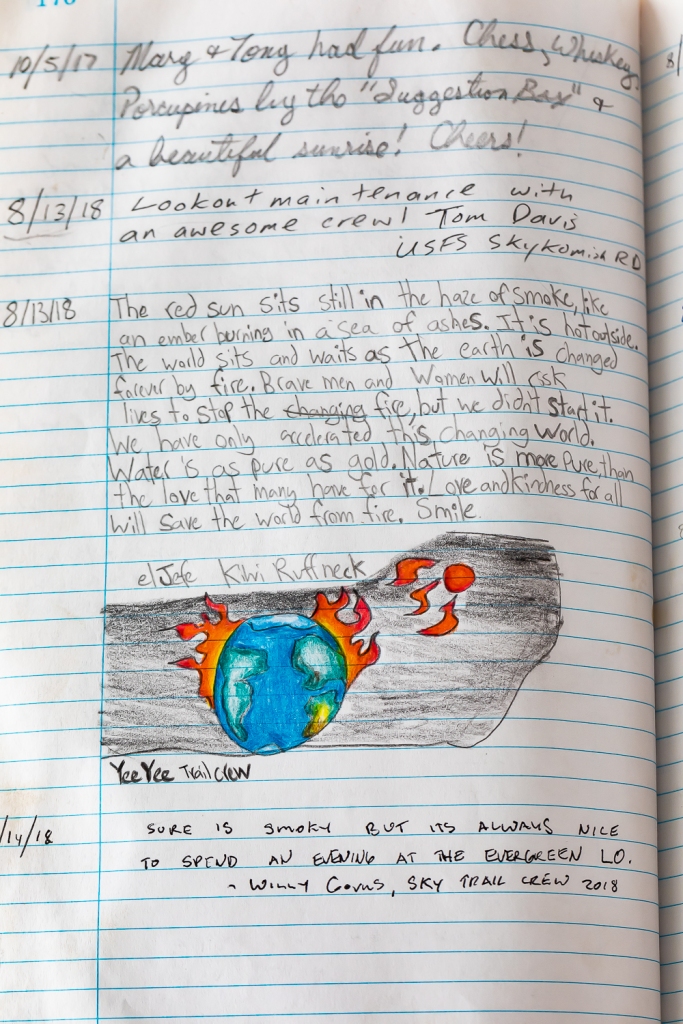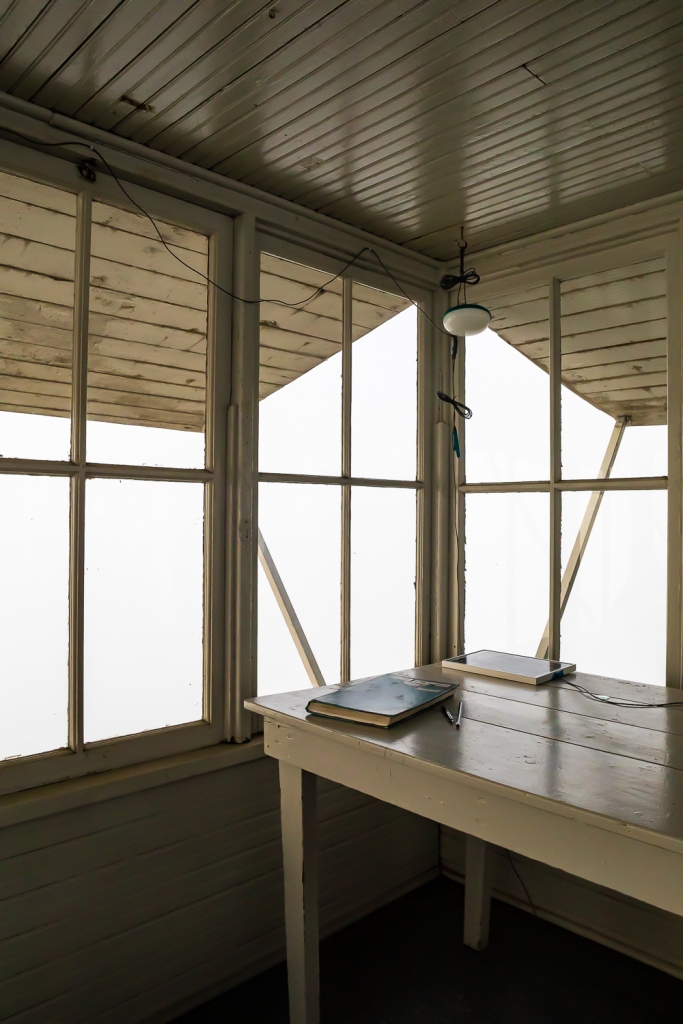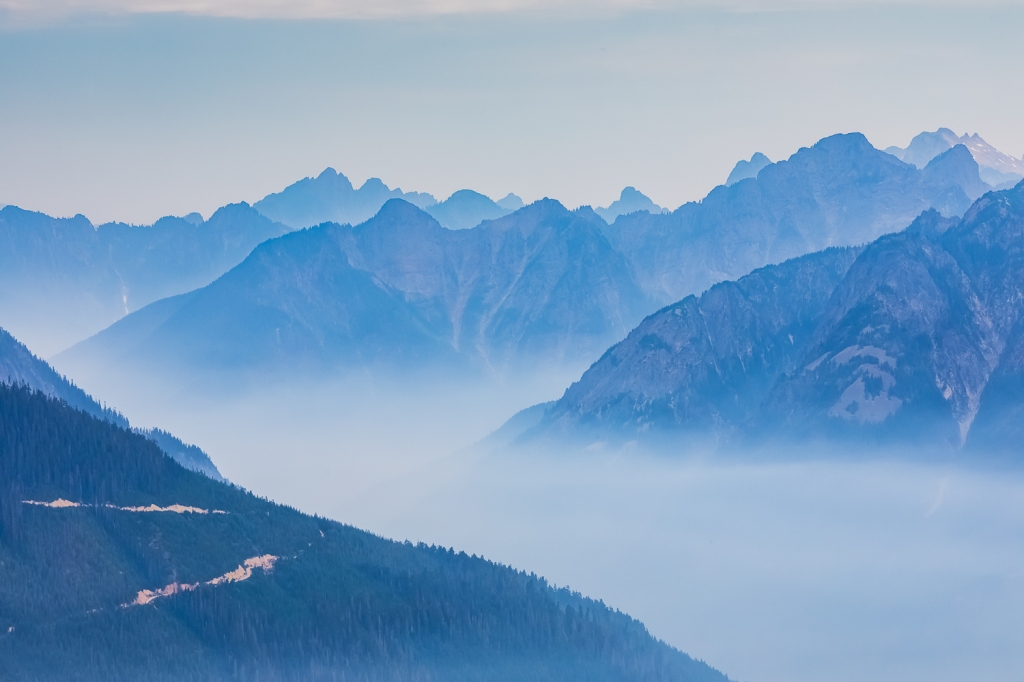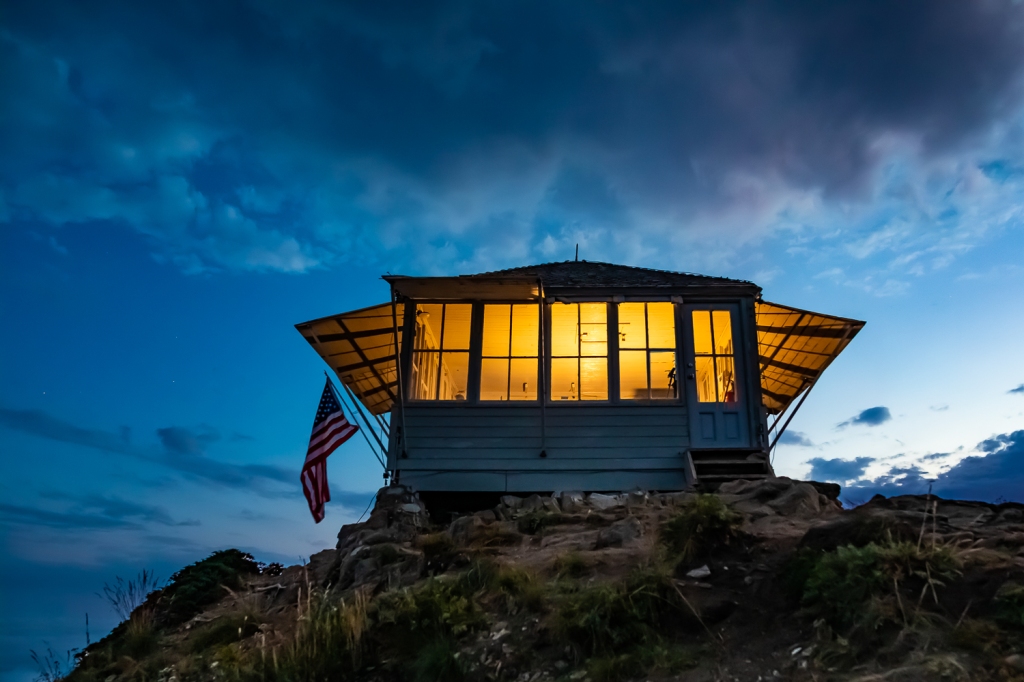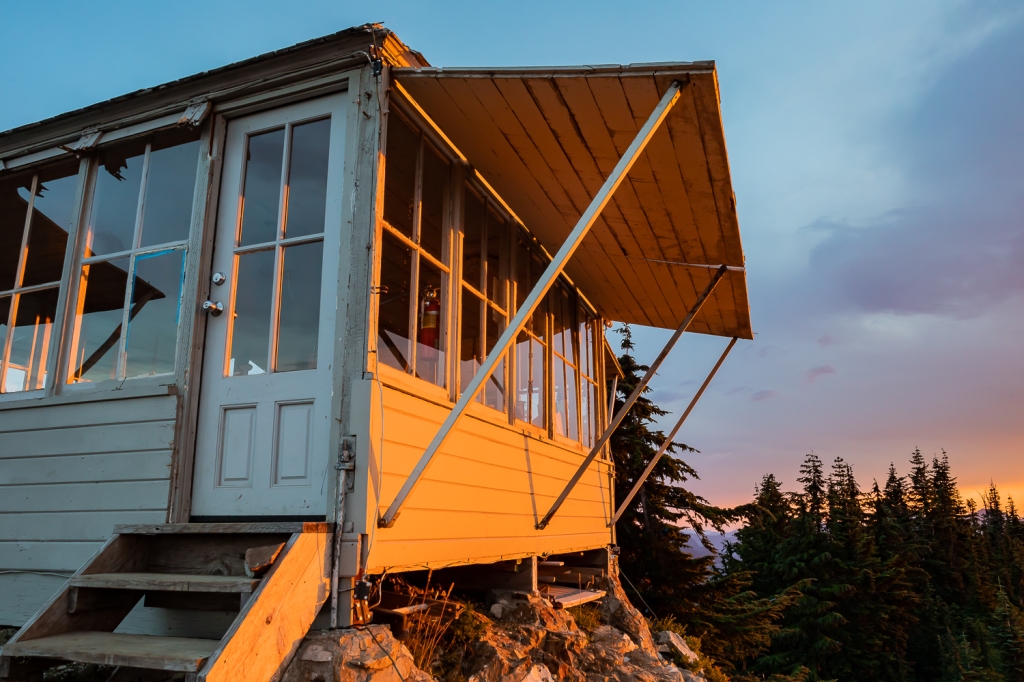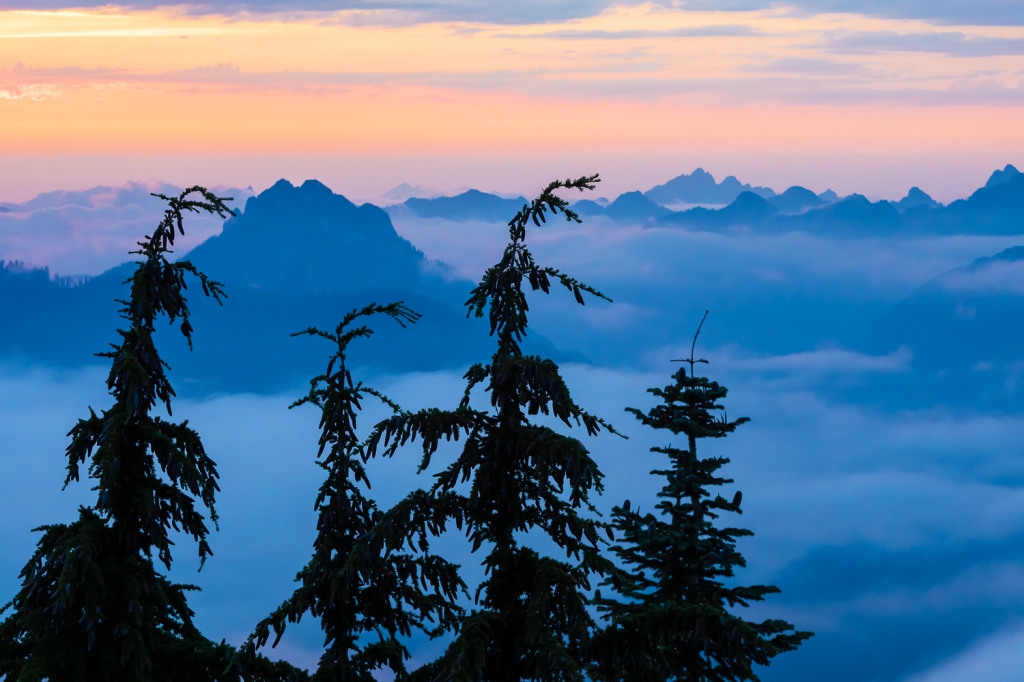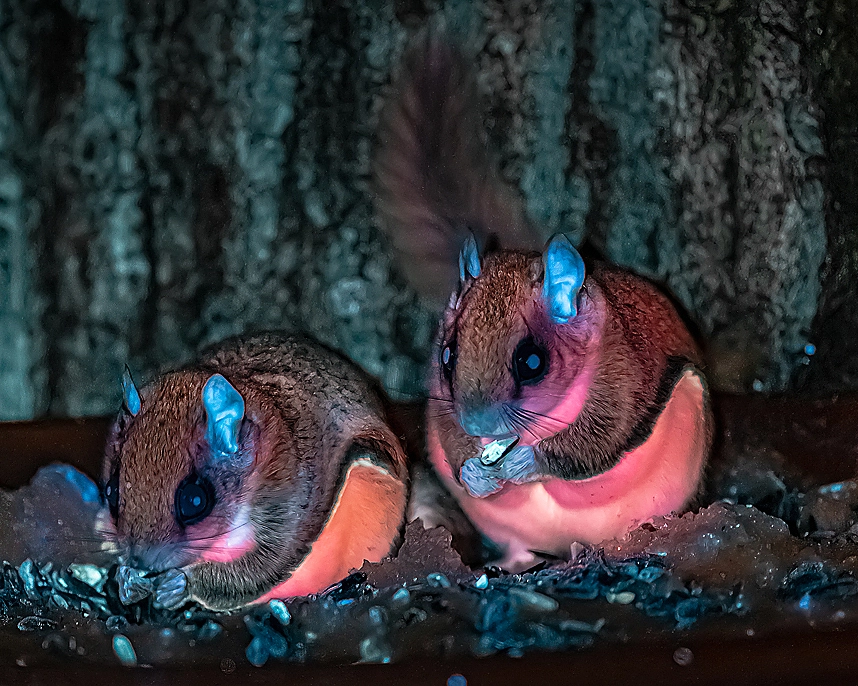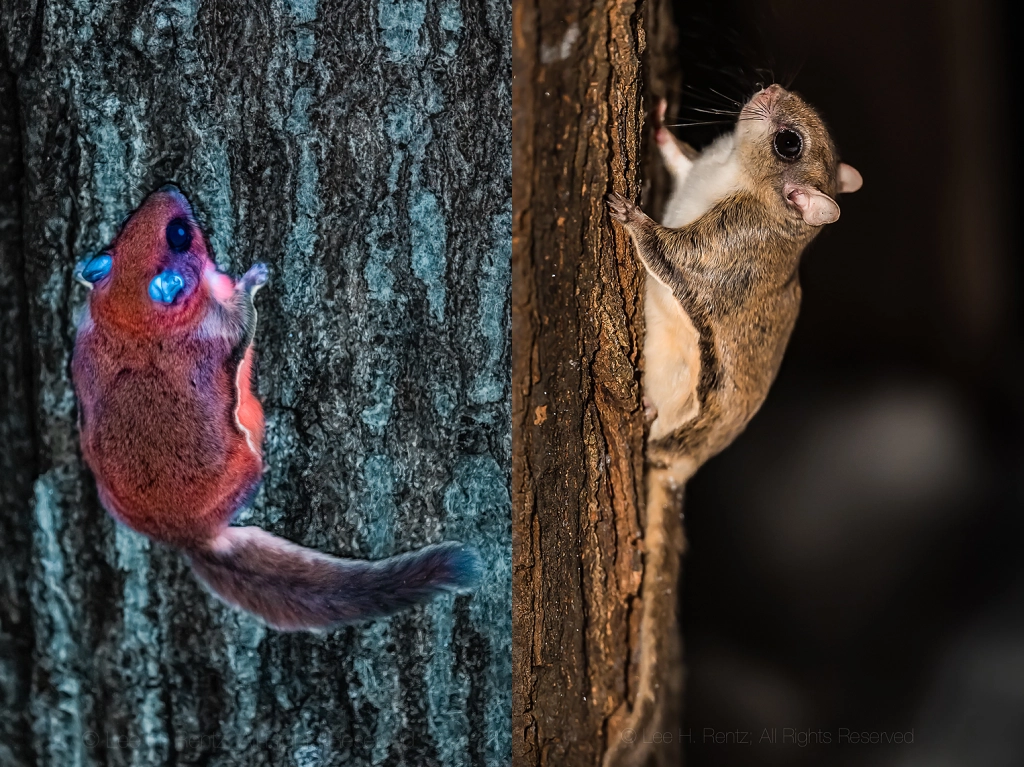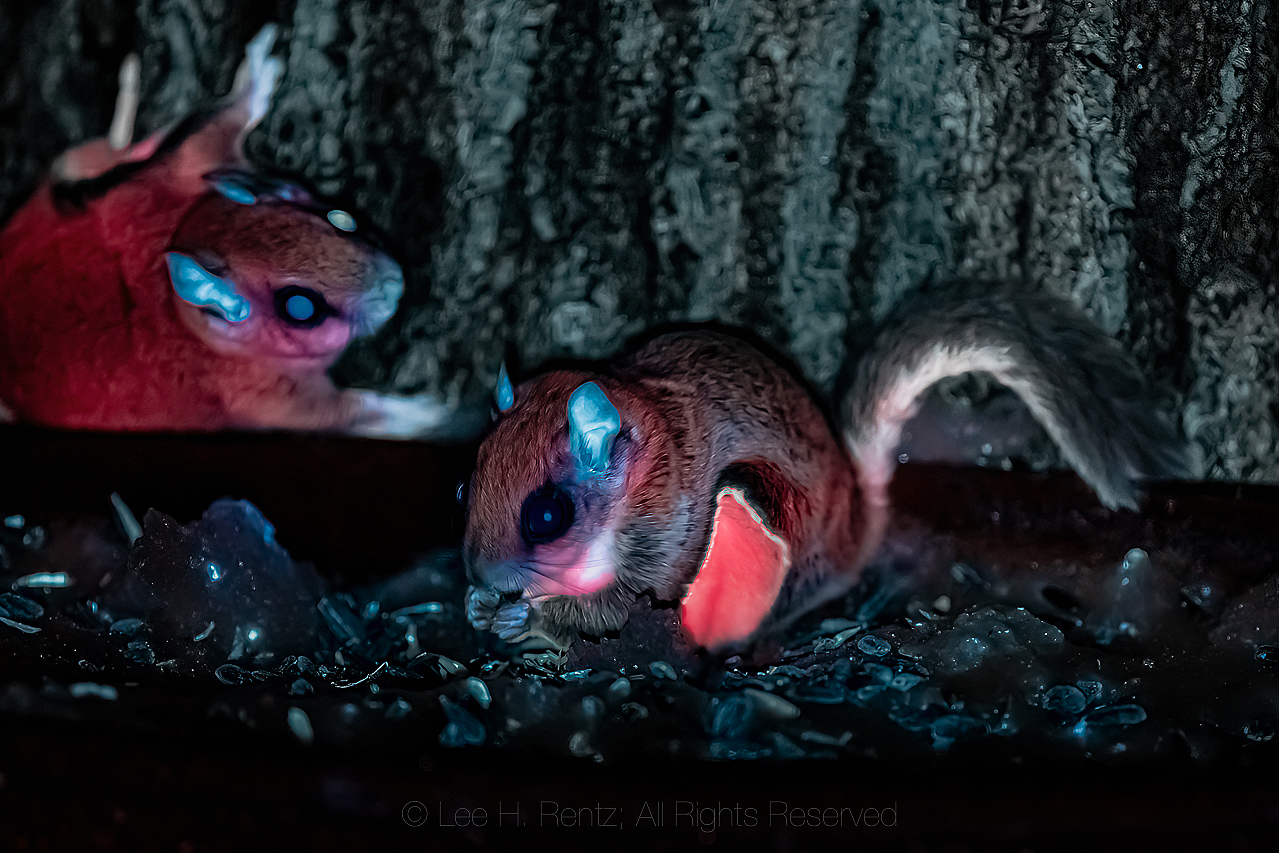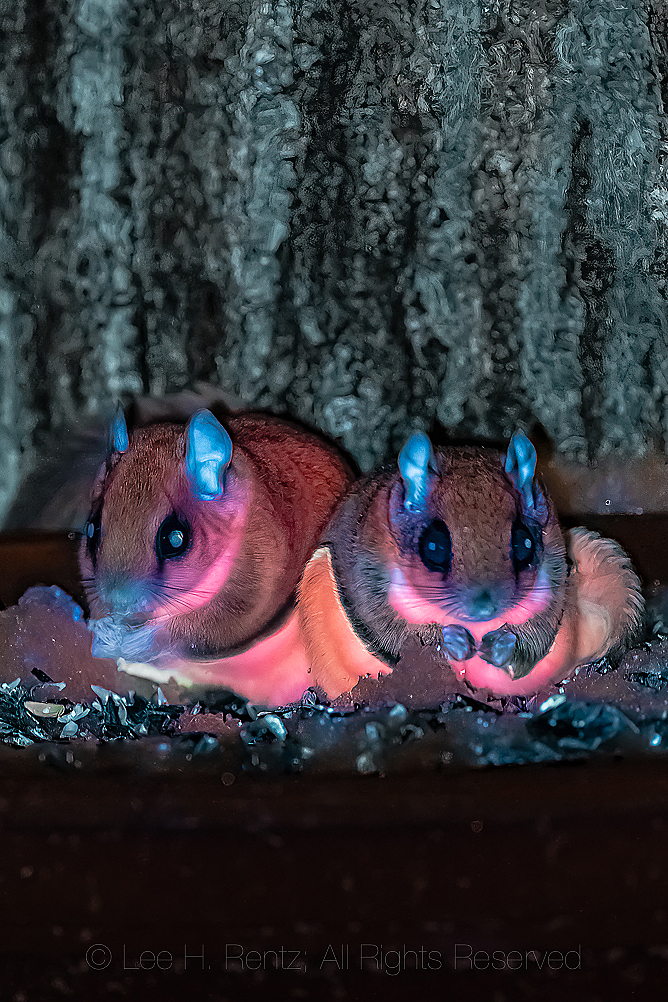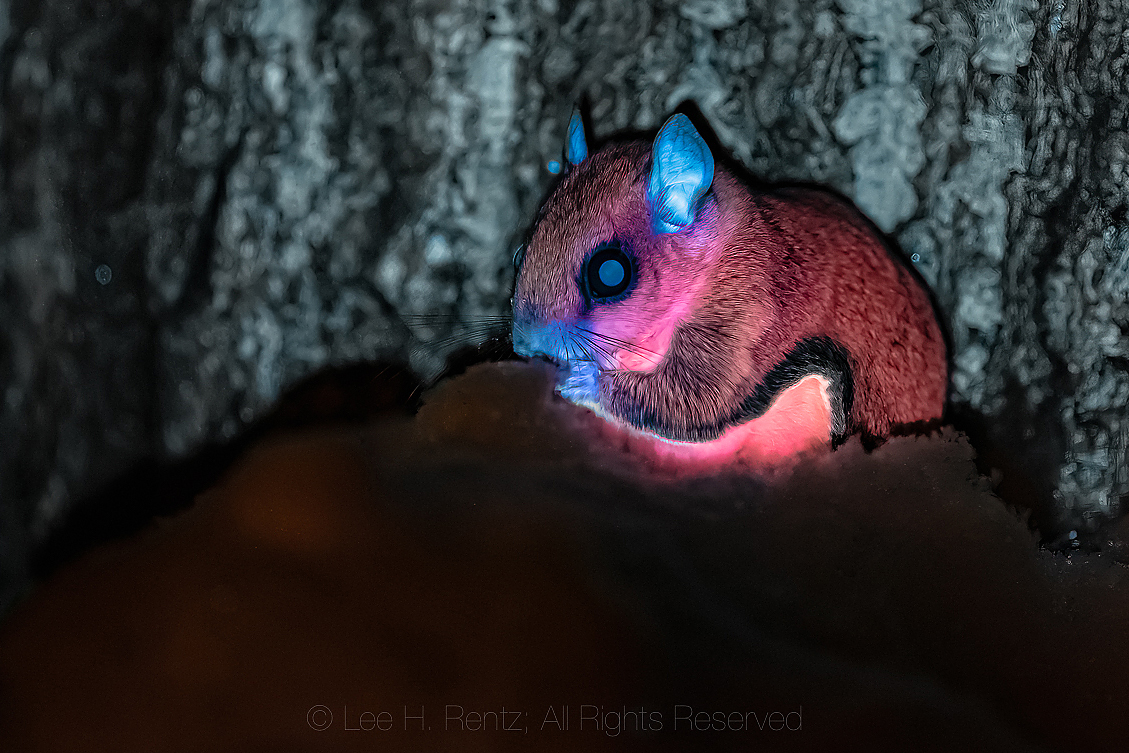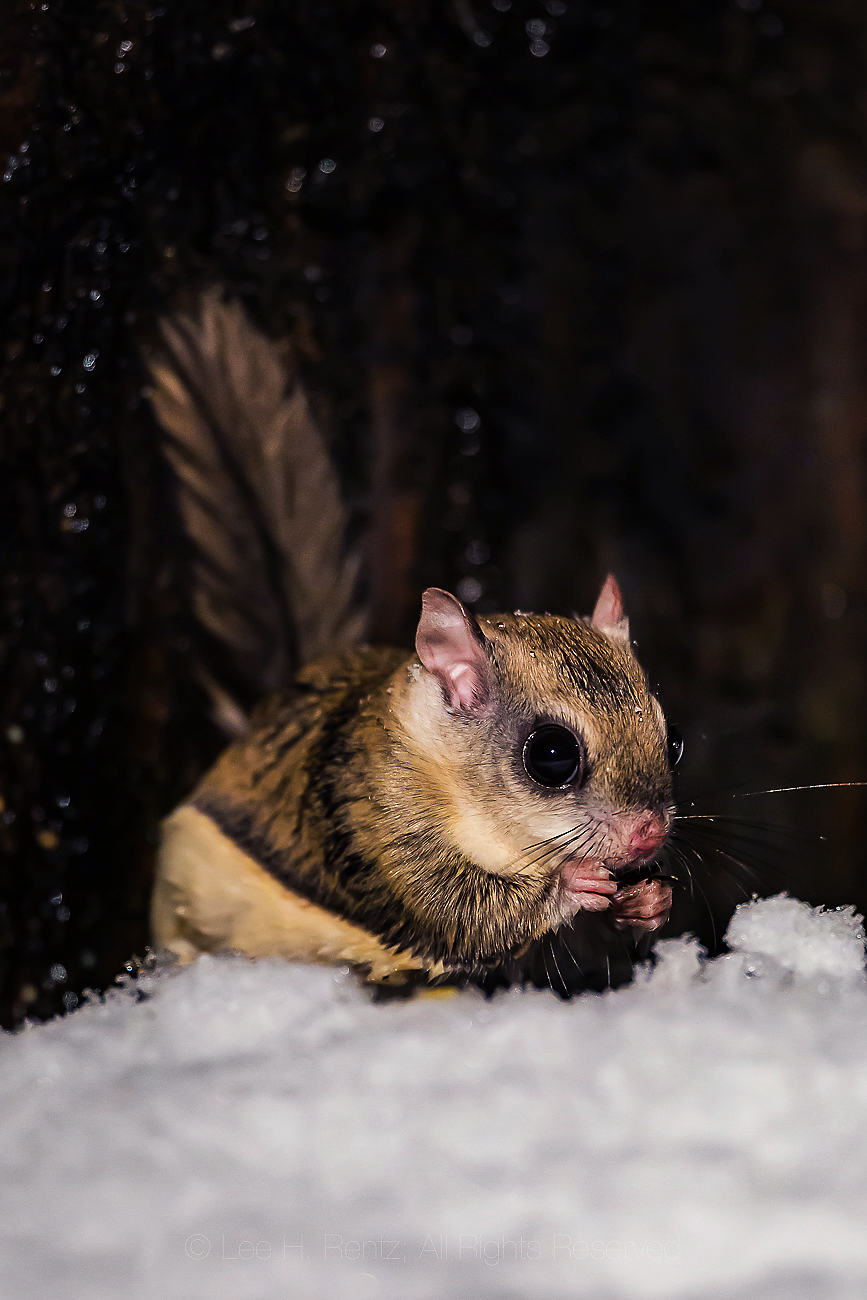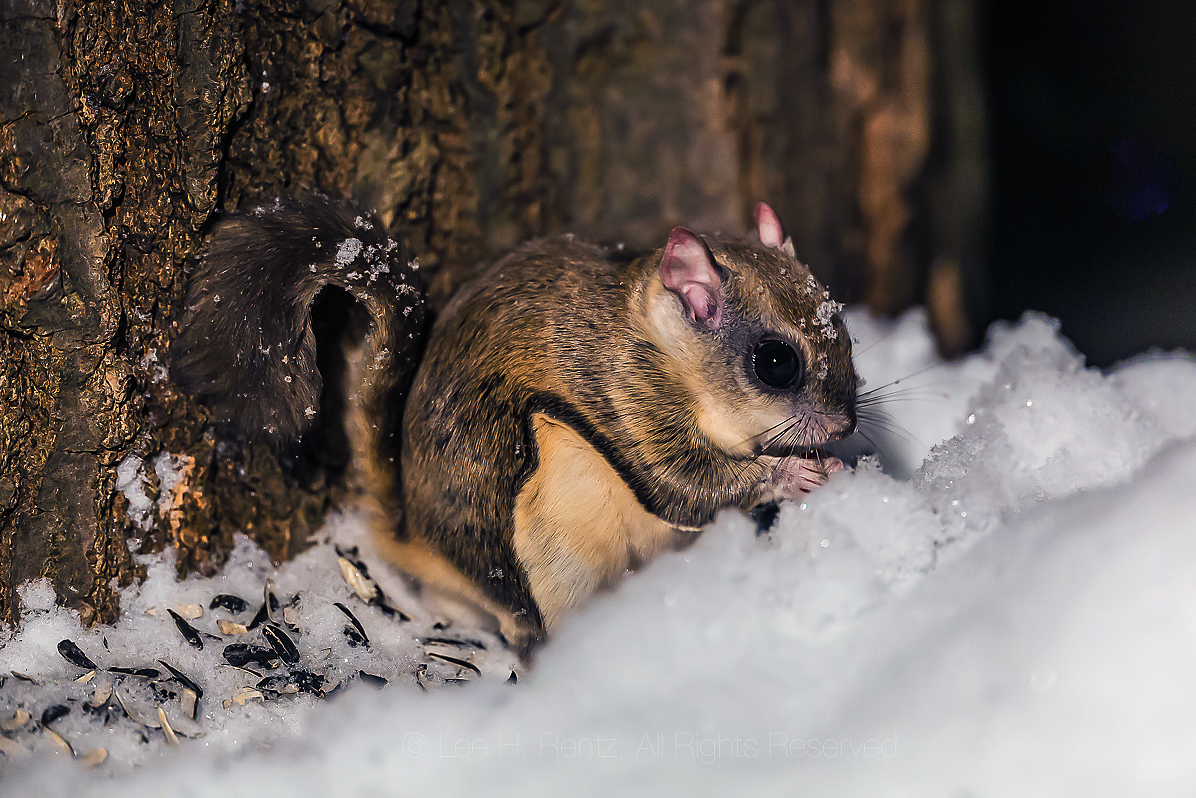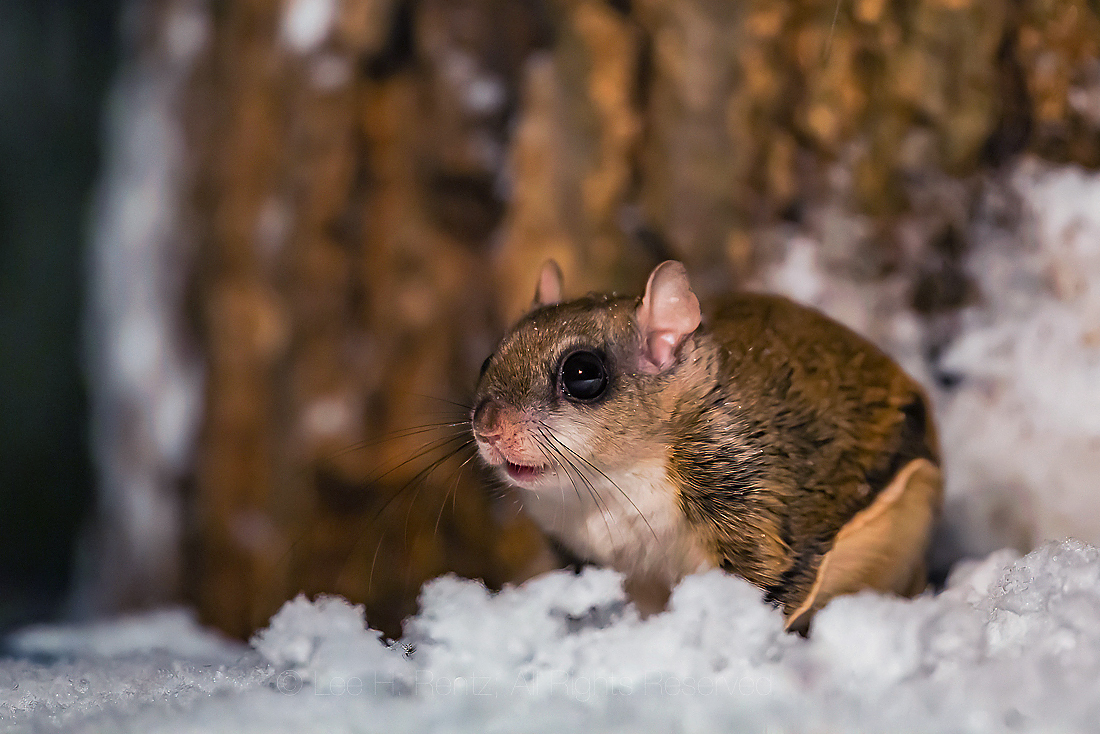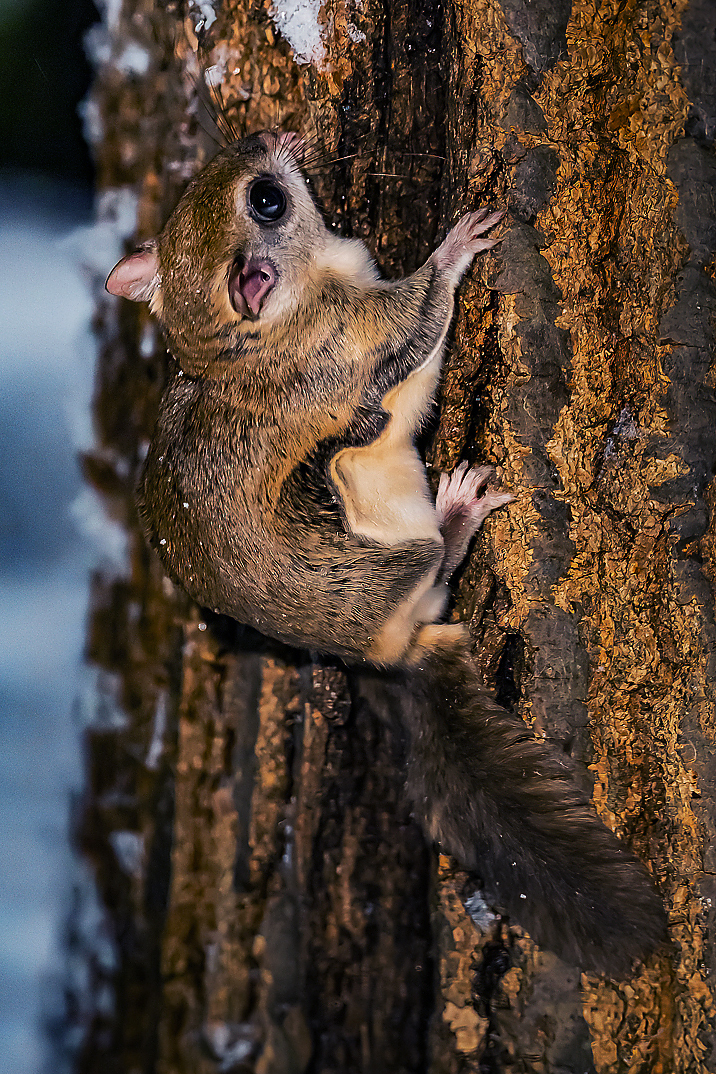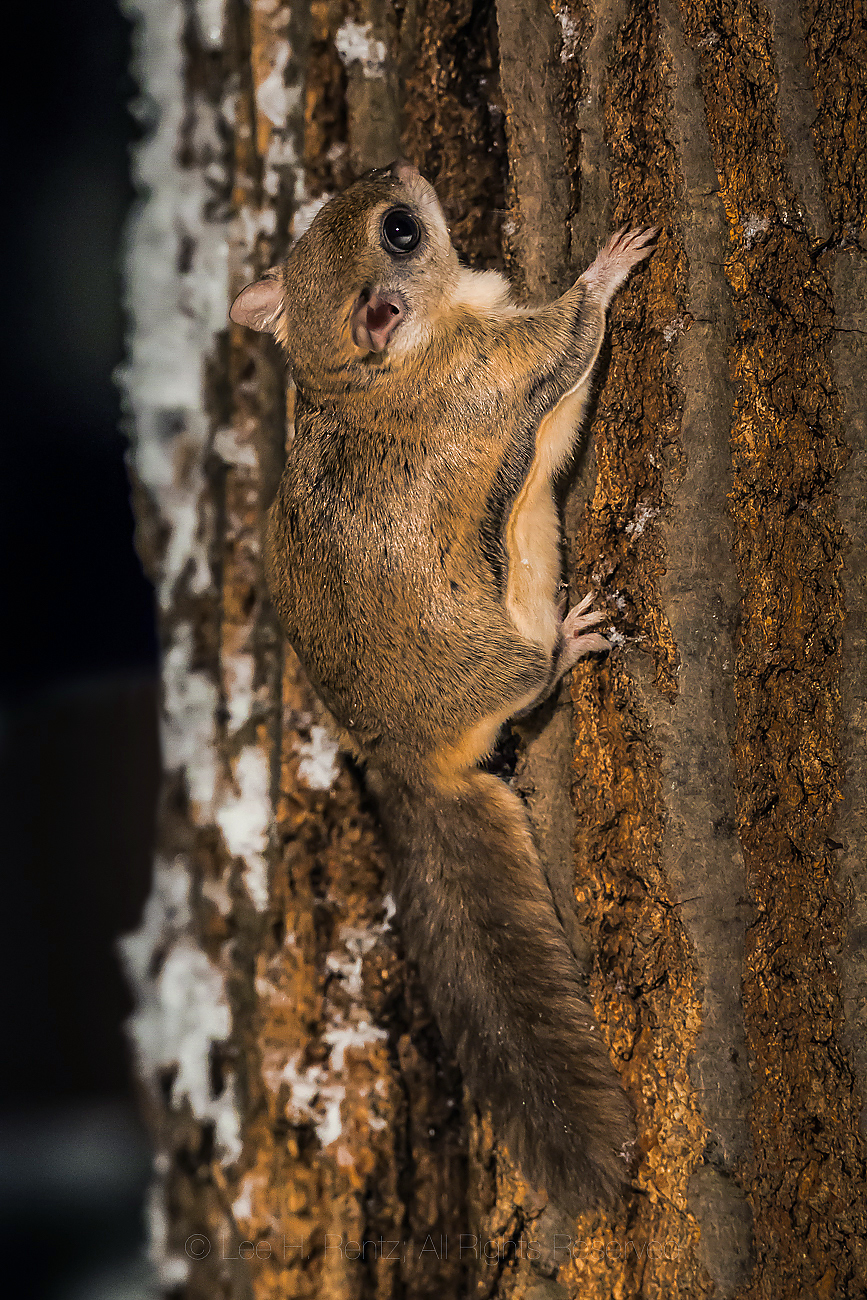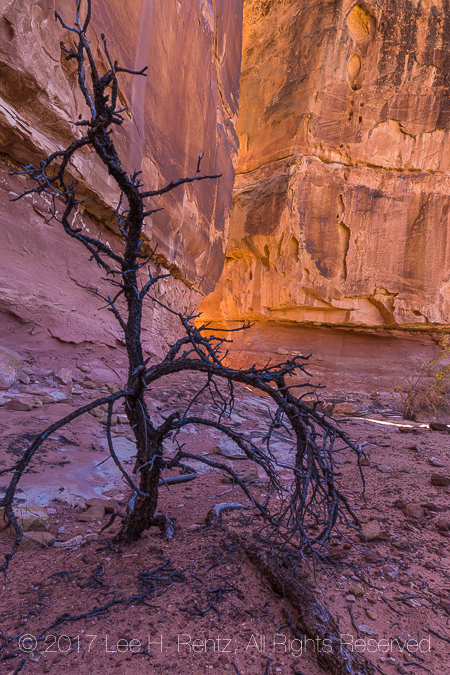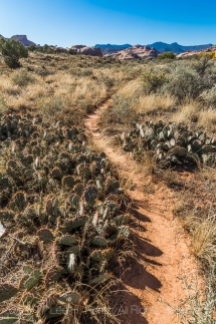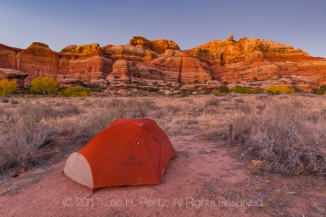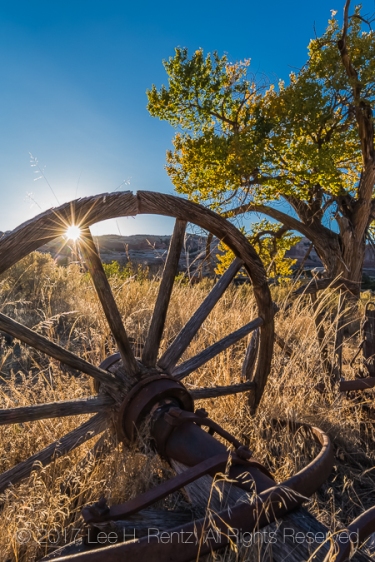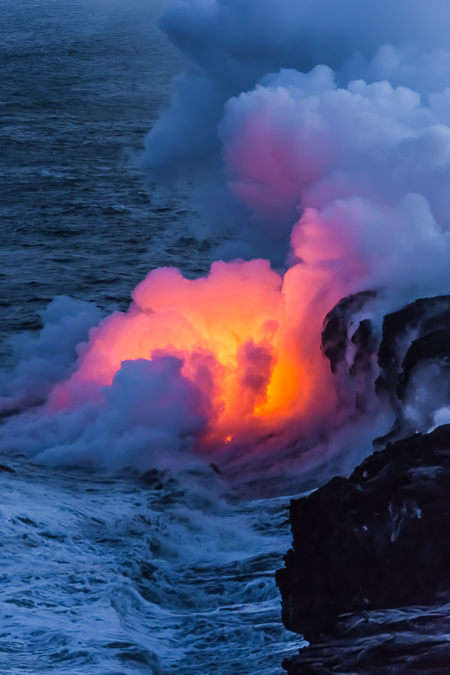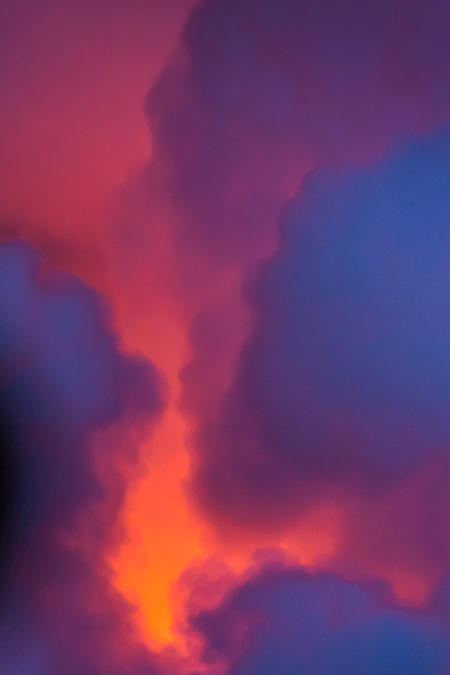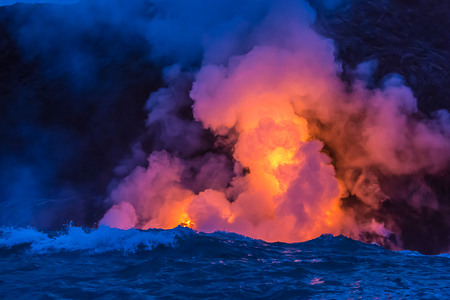
Spring is nature’s most joyous time to be a naturalist in northern latitudes as the world awakens from its long winter sleep. Near our Michigan home, Amish farmers are out in early March, when they begin to collect Sugar Maple sap from the awakening trees, and they use horse-drawn plows to prepare the earth for planting. Wave after wave of birds arrive from the southland, from Sandhill Cranes to Baltimore Orioles and hundreds more. The land awakens with spring wildflowers before the trees leaf out. The first insects appear, including Mourning Cloak butterflies that have overwintered under bark or leaves, and the Common Green Darner that has migrated up from the south. These are all great stories for a naturalist, but there is also a chorus that, to me, signifies that spring is here.
When night time air temperature rises into the range of about 35 to 40 degrees Fahrenheit, each little pool in the forest comes alive with the songs of Northern Spring Peepers. These tiny chorus frogs, each about the size of a thumbnail, peep together around the shores of a permanent or temporary pond–one that has no fish as predators. These are all male frogs trying fervently to attract mates. The calls begin shortly after sunset and end in the early morning hours, before the first traces of dawn light bring predators in the form of birds to the ponds.
Where I live in the middle of Michigan’s mitten, there are numerous little glacial kettle ponds, left as chunks of ice by the last ice age. When the ice melted, it left a depression filled with water, with high banks surrounding the new pond. These ponds are too small to support fish but are just right for Midland Painted Turtles, Common Eastern Toads, and Northern Spring Peepers. I set out on two nights to figure out how to see and photograph the peepers and I chose a pond that I could have easy access to. On the first night, the peepers were calling loudly when my nephew and I slip-slided down the steep hill leading down to the kettle lake. The frogs heard us coming and immediately became deathly quiet. We patiently waited without moving, and the peeps gradually slipped from stealth mode and awakened the heavens again with joyous noise. I spent a long time looking for the source of the calls, and finally found one little peeper calling from under the overhang of a fallen oak leaf right next to the pond. I was only able to get one photograph with a macro lens, a large bulky lens next to these tiny creatures. It was the opposite of stealth.
Two nights later, I returned to the same pond, this time with my wife, Karen, and with the plan of using a snout wide-angle macro lens, which is about 18” long and only 5/8” in diameter at the lens end, which meant my face could be farther away from the peepers and I could approach them with stealth and cunning, or at least my version of stealth and cunning, which is usually clumsy and loud.
We were quieter in approaching the pond than on my previous expedition, so the peeps barely interrupted their chorus of desire upon our approach, despite our use of bright flashlights. I showed Karen where I expected to see the frogs based upon my previous night’s work, but that proved to be fruitless, or frogless. In searching around a patch of shoreline where a peeper was loudly calling, we just couldn’t find it on the forest floor. But then I happened to see movement about 18” off the ground, and it was a Spring Peeper calling while clinging to the dry stalk of a wild perennial left over from last fall. Its little vocal sac was expanding with each call–so incredibly exciting to see in real life!

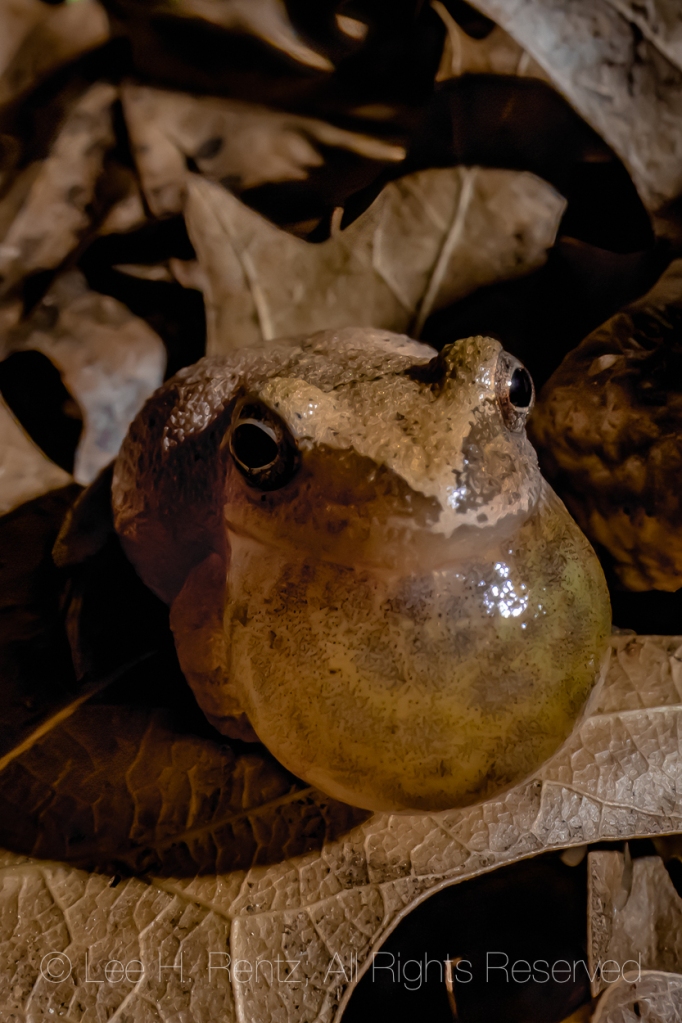
So I set up my snout lens on a tripod and approached to within about an inch of the calling frog. Meanwhile, Karen used a dive light–a powerful LED flashlight meant for deep dives in the ocean–to light the frog. Somehow, it didn’t mind the light too much and I was able to get hundreds of close-up photographs and videos of this frog and two of its nearby rivals in some of the most exciting hours I’ve ever spent (and, yes, I am truly a boring person). If you ever have the chance to experience the sounds of Spring Peepers while standing among them, don’t miss the opportunity!
MORE DETAILS ABOUT THE LIVES OF SPRING PEEPERS
The Spring Peepers calling in a chorus around a pond are all males, trying desperately to attract mates. Presumably the biggest and loudest male wins the wooing contest, allowing them to mate with the quiet and choosy females. After mating, the female lays eggs in the little pond. Tadpoles are the hoped-for result, and the cycle of life continues.
Spring Peepers are the color of leaf litter on the forest floor: tan or brown or green. Hence they can remain disguised. The second word of their scientific name, Pseudacris crucifer, refers to the large dark cross on the back of each frog. I believe this is part of the camouflage, which breaks up the otherwise uniform color and looks like the veins of a leaf.

These are tiny creatures. In fact, were you so inclined, you could mail seven of them in a one ounce first-class mail envelope, though the USPS and peeps wouldn’t be very happy.
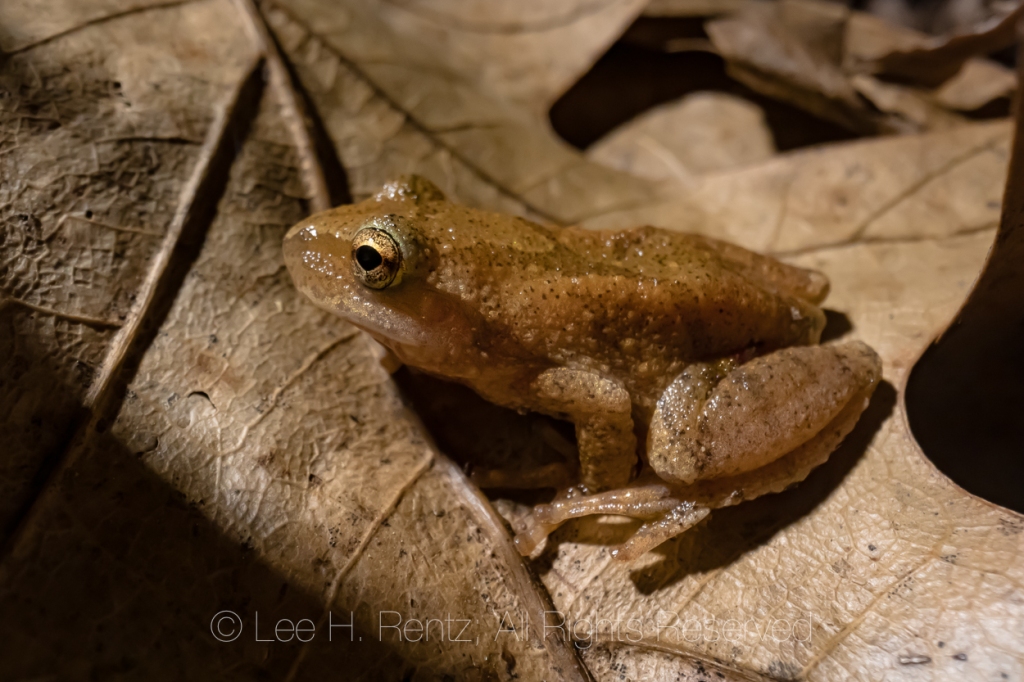
Peepers go into suspended animation all winter, spending the long, cold months hiding behind a flap of bark on a tree or under a fallen log or under the leaf litter on the ground. Their bodies can survive freezing down to about a 17 degree Fahrenheit body temperature because of glucose and other chemicals in the blood that act as antifreeze.
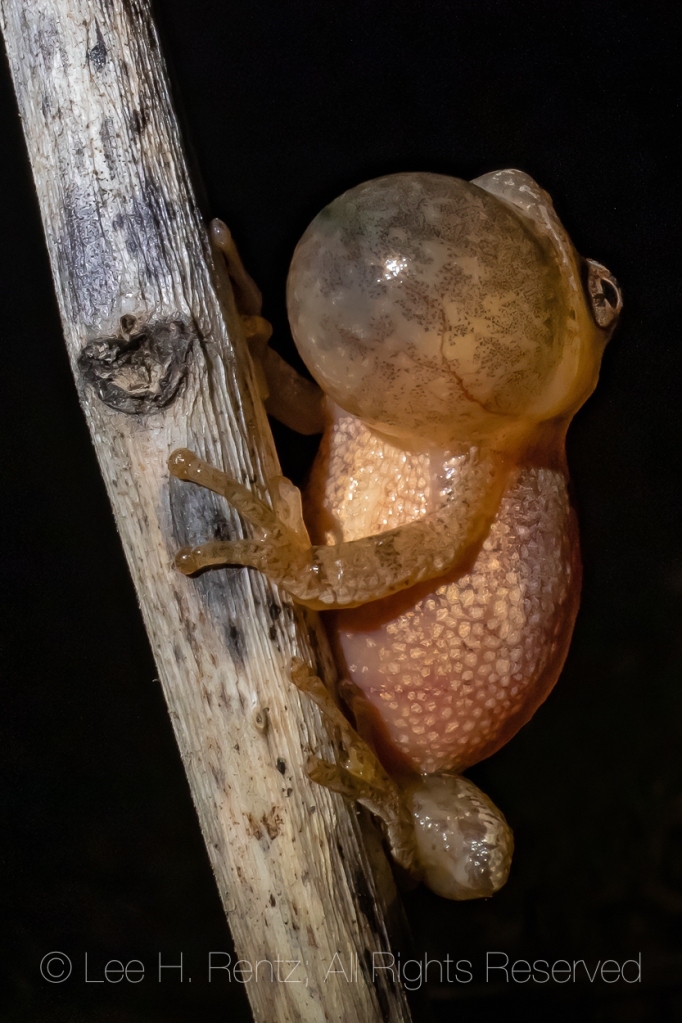
To make their calls, the males take air into their lungs, then close off their nostrils and mouths. As air is forced from the lungs by muscles, it passes over vocal cords and into the inflated air sac, creating the sound variously described as peeping, chirping, or sleigh bells. The sound is loud enough to prevent sleeping for some people, and is a shimmering shower of sound when it surrounds us next to a pond.
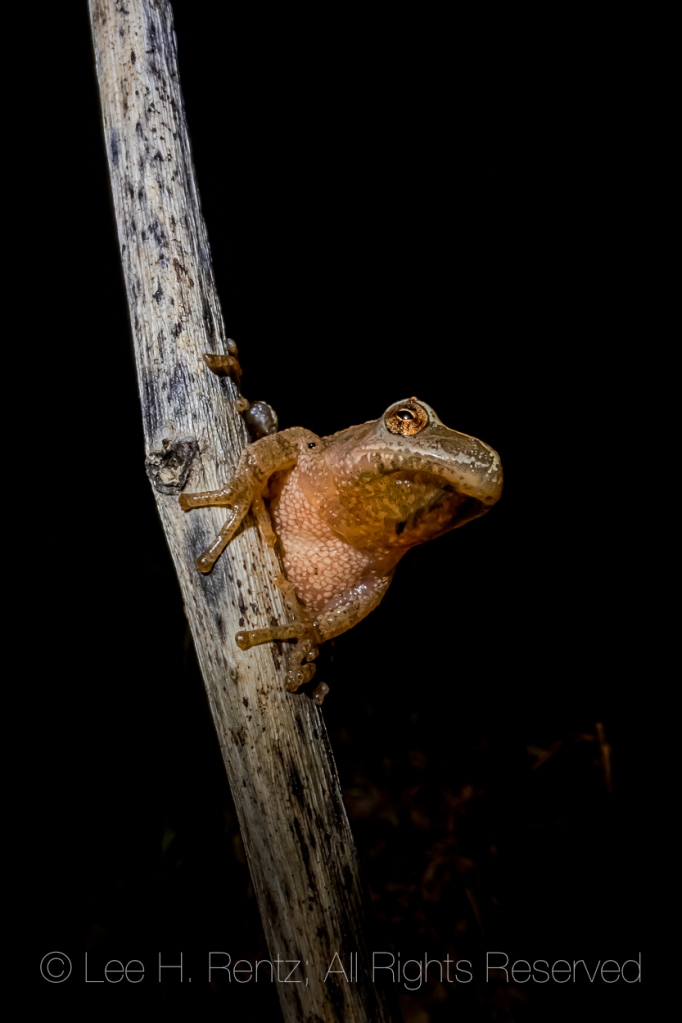

A typical male peeper can make up to 13,500 calls per night, though I didn’t do the math and am depending upon scientists for this factoid.
And the most astounding fact of all: a group of Spring Peepers around a pond is referred to an an “army.” A noisy and tiny army, but an army nonetheless.
The photographs below include other inhabitants of this pond: an Eastern American Toad showing off the gold flecks in his eye; Midland Painted Turtles basking on logs; a few more Spring Peepers; and a view of tree reflections on part of the pond. Click on each to make it larger.
